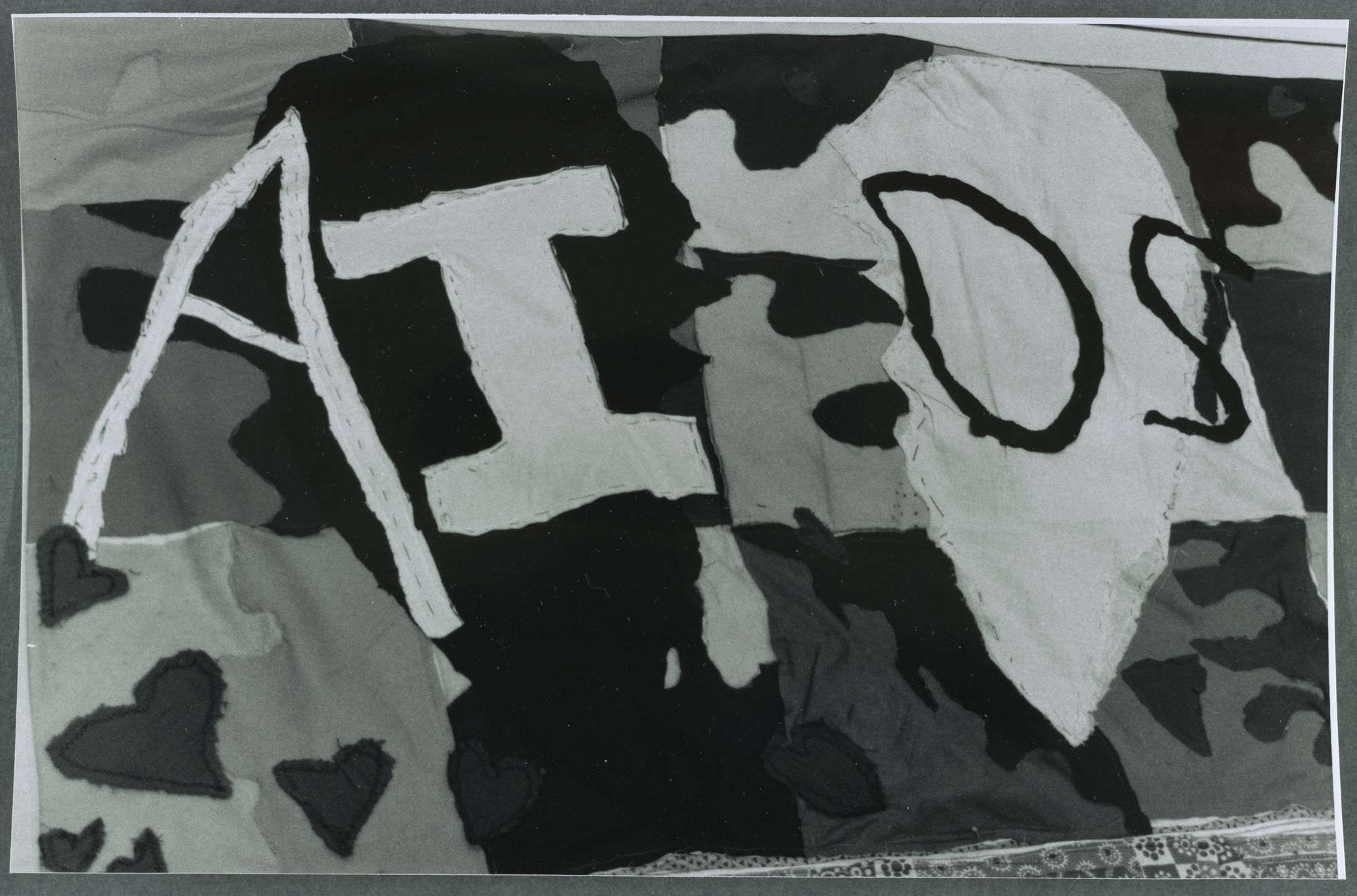Background
On June 5th, 1981, a report published by the CDC described five previously healthy gay men in Los Angeles newly diagnosed with a rare lung infection, Pneumocystis carinii pneumonia. On the same day, a physician called in to report a cluster of a rare cancer, Kaposi sarcoma, among young gay men in New York. These were the first cases in the United States of what later came to be attributed to Acquired Immunodeficiency Syndrome, or AIDS. 1
In the decade to come, AIDS (later understood to be caused by HIV infection) would become an epidemic both in the United States and globally. Unlike the demographic infected in other nations, the early North American epidemic predominantly affected gay men, and to a lesser extent intravenous drug users. Because this disease affected an already marginalized group, homophobia and discrimination due to the fear of AIDS skyrocketed. Far away from the epicenters of New York City, San Francisco, and Los Angeles, those opinions and the perceived threat of disease spread far wider and quicker than the virus itself.
_______________________
1 “Timeline of the HIV and AIDS Epidemic,” HIV.gov (U.S. Department of Health & Human Services), accessed March 7, 2023, https://www.hiv.gov/hiv-basics/overview/history/hiv-and-aids-timeline/.
 Historical Accountability Student Research Program
Historical Accountability Student Research Program
